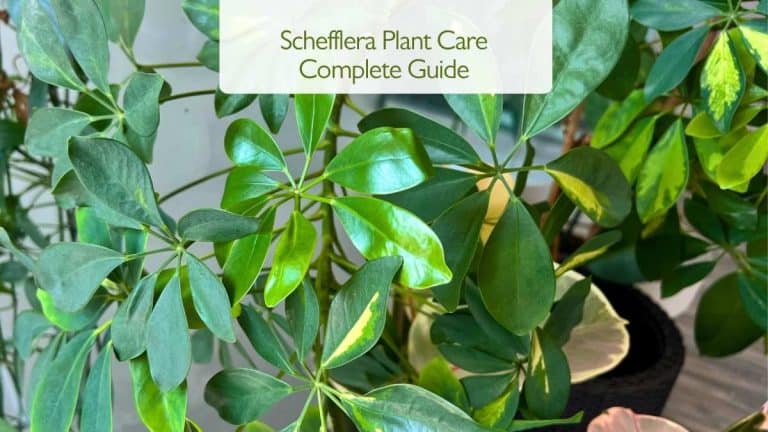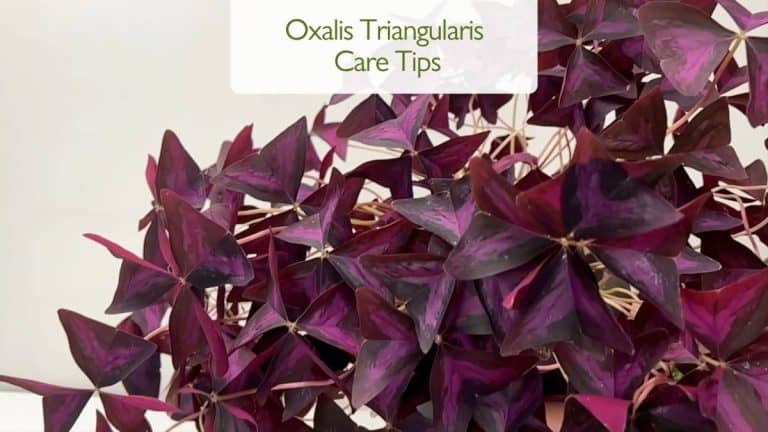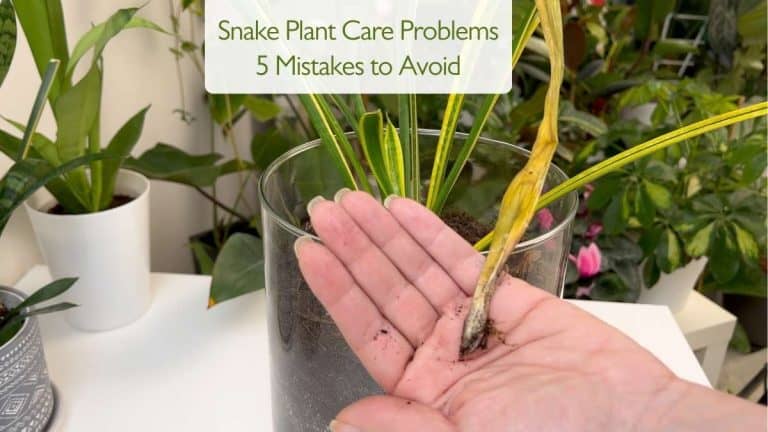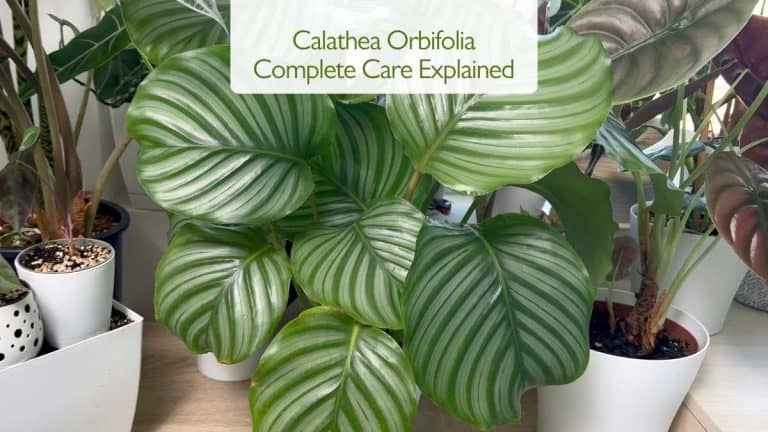When to Bring Houseplants Indoors for Fall & Winter (Complete Guide)
When to bring houseplants indoors is one of the most common questions at the end of summer. Warm days can stretch into September, but chilly nights arrive fast and your plants will feel the difference before you do. If you wait too long, the first cold snap can damage tropical leaves, stress roots, and invite pests to sneak in with the temperature swing.
Every grower eventually wonders not only why but also exactly when to bring houseplants indoors for fall and winter. The right timing makes the difference between plants that thrive indoors and those that decline as soon as cold weather arrives.
In this guide, I’ll walk you through the exact timing, how to prepare your plants before moving them, and the mistakes to avoid – so your green friends make the transition from patio to living room without shock. Timing matters, knowing when to bring houseplants indoors for winter keeps them healthy, pest-free, and thriving until spring.
Watch my video below where I share the winter care tips and problems:
Click here to watch my video on YouTube
Best Practices for When to Bring Houseplants Indoors
The magic number is 55°F (13°C) at night. Once temperatures regularly dip below this point, most tropical houseplants (monstera, philodendron, alocasia, ficus, etc.) start to suffer. Hardy plants like succulents and cacti can tolerate cooler nights, but even they shouldn’t be left outside once temps approach 45°F (7°C).
👉 Check your local 10-day forecast – if nights are trending down, it’s time to act. Don’t wait for the first frost alert; the stress happens earlier. The golden rule is simple: once evening temperatures drop below 55°F (13°C), that’s when to bring houseplants indoors. Moving them inside before the cold protects leaves from shock, keeps roots healthy, and helps prevent pest invasions that often happen when plants weaken outdoors. Knowing exactly when to bring houseplants indoors for fall and winter is the key to keeping them lush until spring.
Preparing Houseplants Before Moving Indoors
Transitioning correctly is more important than the actual date. Here’s how to prepare them so they don’t bring problems inside.
- Inspect for pests: Look under leaves, stems, and soil surface. Treat spider mites, aphids, or mealybugs before moving. Use my Homemade Leaf Shine & Pest-Free Recipe.
- Clean the foliage: Dust and grime reduce light absorption indoors. Wipe with a damp cloth or rinse gently.
- Prune & groom: Remove yellow leaves, leggy stems, and spent blooms.
- Check the soil: Refresh the top layer if compacted. Ensure pots have drainage before going into lower-light rooms.
- Repot? Not now: Fall is not ideal for major repotting. Wait until spring unless roots are truly bound.
These simple steps remove outdoor stress and guarantee success when to bring houseplants indoors for winter care. Skipping preparation often leads to pest outbreaks and yellowing leaves once inside.
The Indoor Transition (Step by Step)

Don’t shock your plants by moving them from full sun outside straight into dim corners. The transition process matters just as much as the timing of when to bring houseplants indoors. By easing plants into indoor light and humidity, you reduce shock and help them adapt smoothly.
- Start with shade: Place them in a shaded outdoor spot for a week.
- Move inside gradually: Put them near the brightest window you have (south or west exposure works best).
- Boost humidity: Use pebble trays, humidifiers, or group plants together to fight dry indoor air.
- Adjust watering: Indoor growth slows in fall – check soil before watering. Learn how in my Houseplants Watering Tips.
Common Mistakes to Avoid
- Waiting for frost: By then, tropical leaves may already be damaged.
- Bringing pests inside: Skipping inspection means infestations later.
- Overwatering indoors: Cooler temps + less light = slower drying soil → root rot.
- Ignoring light needs: Plants that thrived in outdoor sun may decline indoors if placed in dark rooms.
Most of these mistakes happen because growers wait too long or don’t know when to bring houseplants indoors until it’s too late. Acting early prevents nearly all of these problems.
Related Articles
- How to Get Rid of Fungus Gnats in Houseplants Permanently.
- Top 10 Fall Balcony Plants for easy care
- Weekly Plant Watering Planner
- Plant Sound Therapy: How Healing Frequencies Boost Plant Growth
- Sound Therapy Frequency for Spider Miites
Final Thoughts
Knowing when to bring houseplants indoors saves you from leaf drop, pest invasions, and winter decline. Use the 55°F (13°C) rule as your guide, prep them well, and adjust care once inside. Done right, your plants won’t just survive the colder months—they’ll stay lush until spring. For beginners wondering exactly when to bring houseplants indoors, remember the 55°F rule—it’s the safest guide for all tropical plants.
Tip: Play relaxing 432 Hz Music for Plants indoors after the move – helps create a calm, stable environment for both you and your plants.
Explore More Music for Your Plants & Stay Connected!
Check out my Playlist: Music for Plants and find the perfect tunes to help your plants and yourself thrive.
Don’t forget to visit my YouTube Channel Plant House & Garden and subscribe — your support means the world to me!
Connect with me on social media for more plant care tips and music updates: Instagram | Facebook | X | Pinterest | Reddit | TikTok
Love plants? Love music? Don’t miss out on new updates — hit subscribe and follow now to keep your plants happy and your space vibrant!







